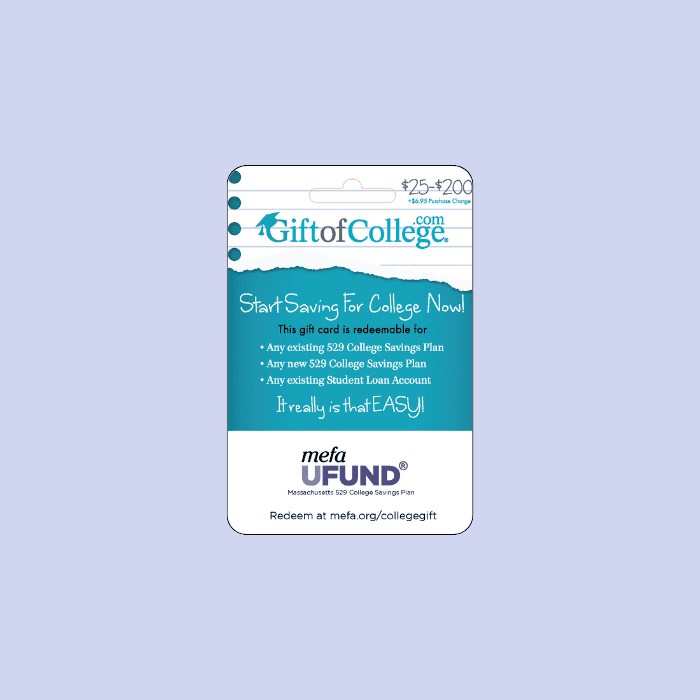This lesson provides an overview of Tuition Break, a program that allows New England residents to enroll at out-of-state public colleges at a discount.
RSVP for This Lesson’s Webinar
After completing this lesson, participants will be able to:
- Understand the benefits and workings of Tuition Break
- Advise students on how to keep college costs down
- Educate families about NEBHE’s resources
- Earn 1 PDP for this lesson by clicking the button below:
Lesson Deliverables
To complete this lesson, participants will:









